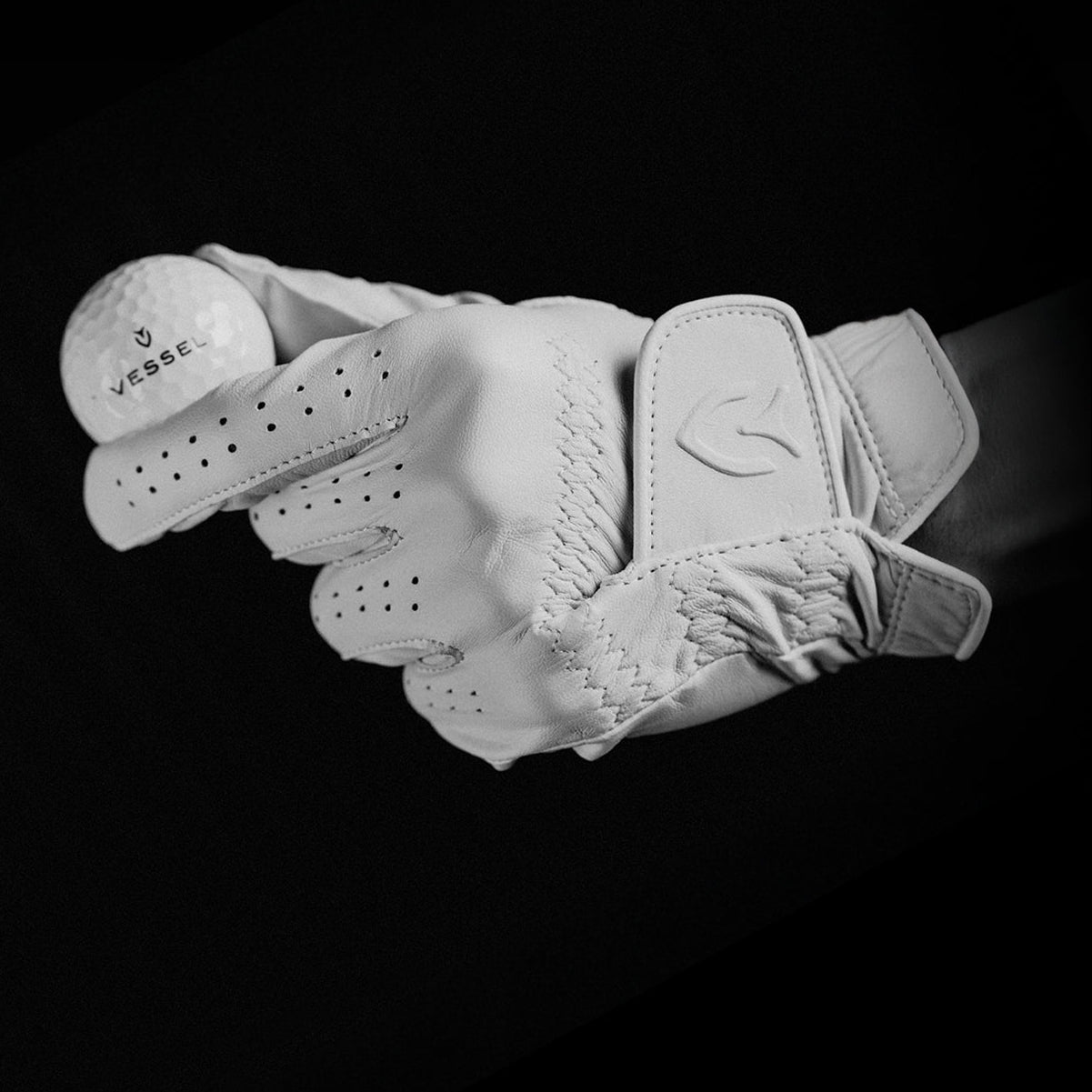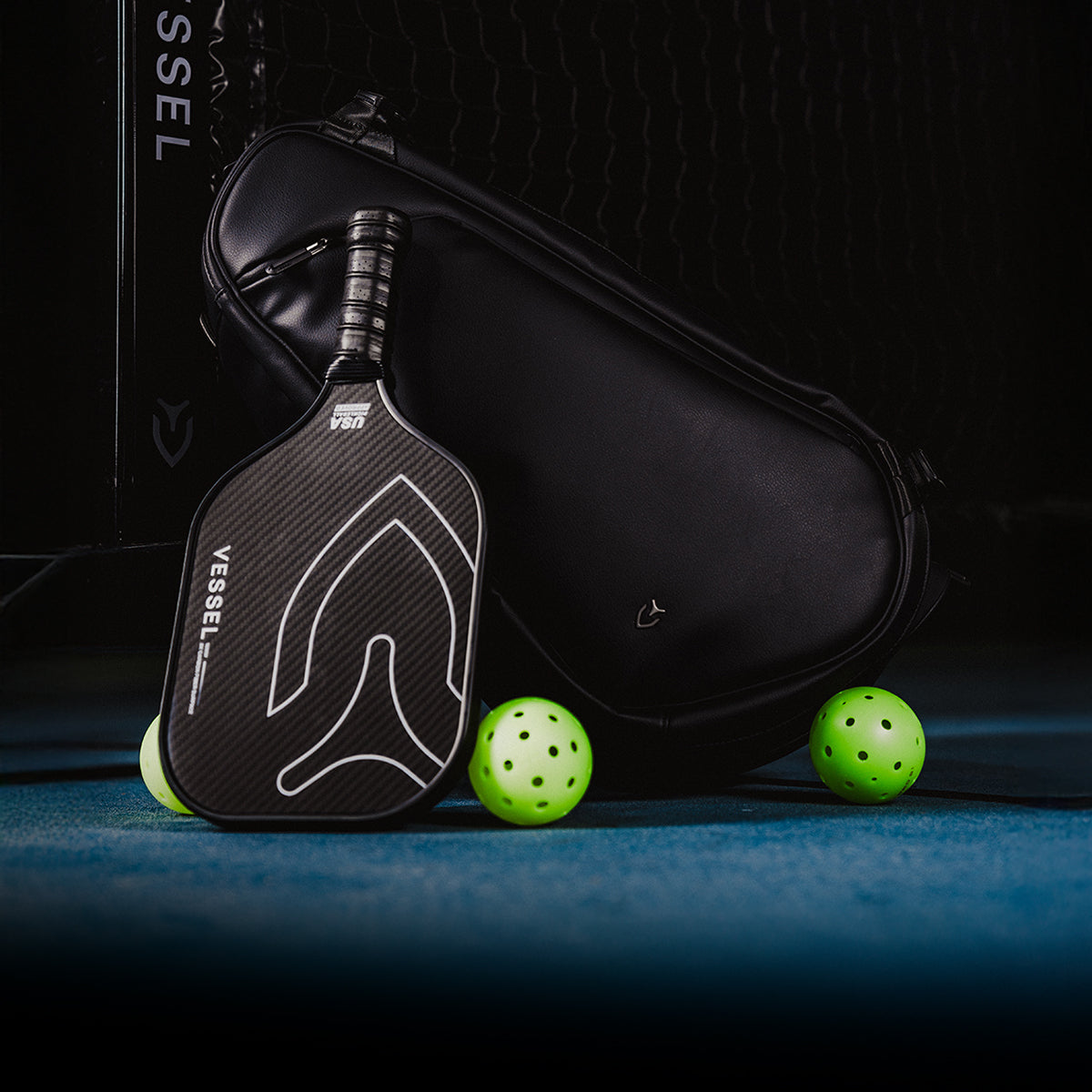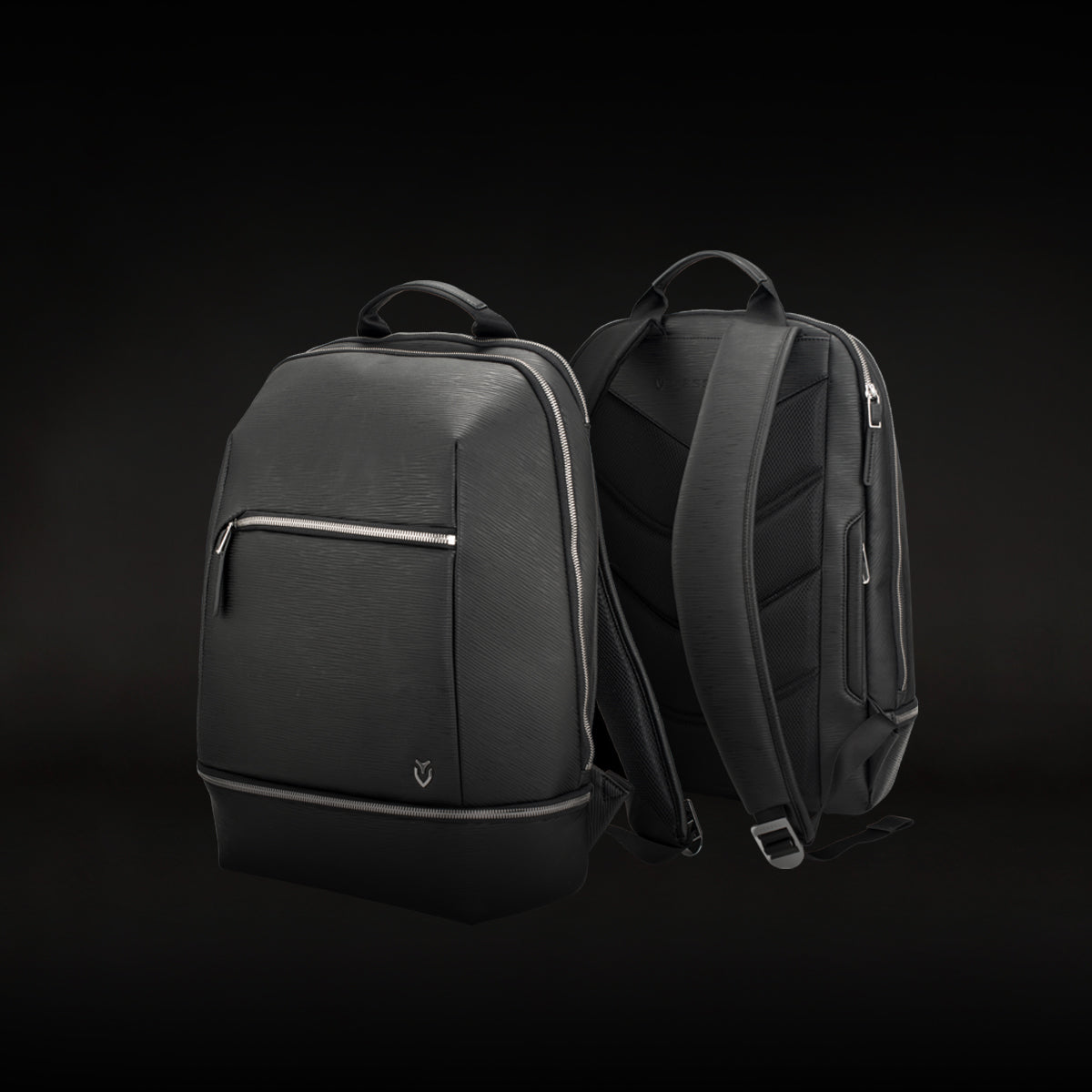

You'll notice that approach and gap wedges are really just the same club with different names - it's just manufacturers using different terms. These clubs usually come with loft angles between 48-52 degrees and help fill that pesky distance gap between your pitching and sand wedges. They're great for those shots from 90-110 yards out. While they excel at high-loft pitches and bump-and-run shots, getting to know their subtle differences will definitely up your short game.
The Terminology: Different Name for the Same Club
Golfers often get confused about wedge names, especially when it comes to gap and approach wedges. You'll hear golfers use these terms interchangeably on the course - and for good reason. They're actually the same club! When you're looking at wedges in stores or online, you'll notice manufacturers like to name this club differently. Some brands call it a "gap wedge," while others go with "approach wedge," but don't let this confuse you. Both names mean the same thing - it's a club that fills the distance gap between your pitching wedge and sand wedge. These wedges usually have a loft between 48-52 degrees. You can count on this club to help you hit shots between 90-100 yards with great control. So whether you grab a gap or approach wedge, you'll get a club that'll help you nail those tricky mid-range shots.
Loft and Distances
You'll find gap and approach wedges typically have 48 to 52 degrees of loft, fitting nicely between your pitching wedge and sand wedge. These clubs are perfect for shots 90-110 yards from the green, though your actual distance depends on how fast you swing. For digital golf training platforms to work properly, just make sure you've got JavaScript turned on to use the swing analysis tools. Gap wedges were made to fill that tricky distance gap between pitching and sand wedges, so keep that in mind when picking your club. To get the best results, try to keep 4-6 degree gaps between your wedges. Let's say your pitching wedge is 46 degrees - you'd want your gap wedge around 50 degrees. This spacing helps you avoid those annoying in-between distances that can mess up your score. Since both clubs give you great control and spin, they're must-haves for those precise approach shots where accuracy really counts.
Design Features and Construction

Gap and approach wedges are quite different from your other clubs. They've got moderate bounce angles between 8-12 degrees, which help you glide through different lies while keeping your shots precise. They're a bit heavier than your pitching wedge, giving you better control on those tricky partial shots. You'll find most gap and approach wedges have 48 to 54 degrees of loft, making it easier to control your ball's trajectory. Many manufacturers call these A wedges because they're great for approach shots. The clubhead has a compact profile with minimal offset and a narrow-to-medium sole width. Unlike your more forgiving game-improvement clubs, these wedges don't focus on features like perimeter weighting. Instead, they're built to be workable and cut through the turf cleanly. They usually match your iron set's finish and construction, typically with a chrome or satin coating.
What are the Playing Situations
Choosing between a gap wedge and approach wedge comes down to knowing what each club does best. Your approach wedge's sweet spot is 90-110 yards, giving you decent spin and control that's perfect for firm greens and tight lies. It's your best bet for longer full swings from the fairway. These clubs are actually the same type of wedge and do the same job, with lofts between 50-54 degrees. Just make sure there's 4-6 degrees between your wedges for good distance coverage.
Your gap wedge really shines from 80-100 yards, with a higher path and more spin - making it great for soft greens and precision shots. Pull it out when you need to hit high over obstacles or you're stuck in thick rough. For those bump-and-run shots near the fringe, stick to your approach wedge, but go with your gap wedge when you need the ball to stop quickly.
Frequently Asked Questions
How Do You Hit Wedges From Tight Lies and Hardpan?)
You'll notice gap and approach wedges perform great on tight lies - their balanced bounce and precise design helps you slide under the ball smoothly. They're a bit tougher to use on hardpan though, where you'll need to lighten your touch. If you're playing on hardpan, consider using a sand wedge instead - its higher bounce will give you better results.
How Often Should You Replace Your Approach/Gap Wedge for Best Performance?
Did you know 75% of amateur golfers hang onto their wedges for too long? You should swap out your approach or gap wedge after 75-125 rounds, depending on how much you play and practice. If you're hitting the course twice a week, that means getting a new one every 12-18 months. Keep an eye out for warning signs like less spin, worn-down grooves, or if you're losing control around the greens - these tell you it's time to grab a new wedge.
Are Approach and Gap Wedges Legal in Tournament Play for All Skill Levels?
Your approach and gap wedges are fine to use in tournaments at any skill level, as long as they meet USGA standards. Just make sure they follow current groove rules and show up on the USGA's approved list. While smaller, casual tournaments might not be too strict, it's better to stick with USGA-compliant clubs since you'll need them for your handicap and official events. One quick heads-up: if your wedges were made before 2010, they might not be tournament-legal anymore.
Should You Start with Both Approach and Gap Wedges as a Beginner?
You don't need multiple wedges when you're just starting out - one versatile wedge will serve you well while you learn the game. It's smarter to put your money and practice time into mastering one wedge first before buying more. After you've got your swing mechanics down and know your distances well, that's when you can think about adding another wedge to your bag.
Conclusion
Studies show you'll lose most strokes from 60-80 yards out, so mastering your approach and gap wedges can really step up your short game. It doesn't matter if you carry one or both - they're key tools for different situations. Once you get comfortable with how each wedge works and put in some focused practice, you'll feel much more confident when those scoring chances come up.







